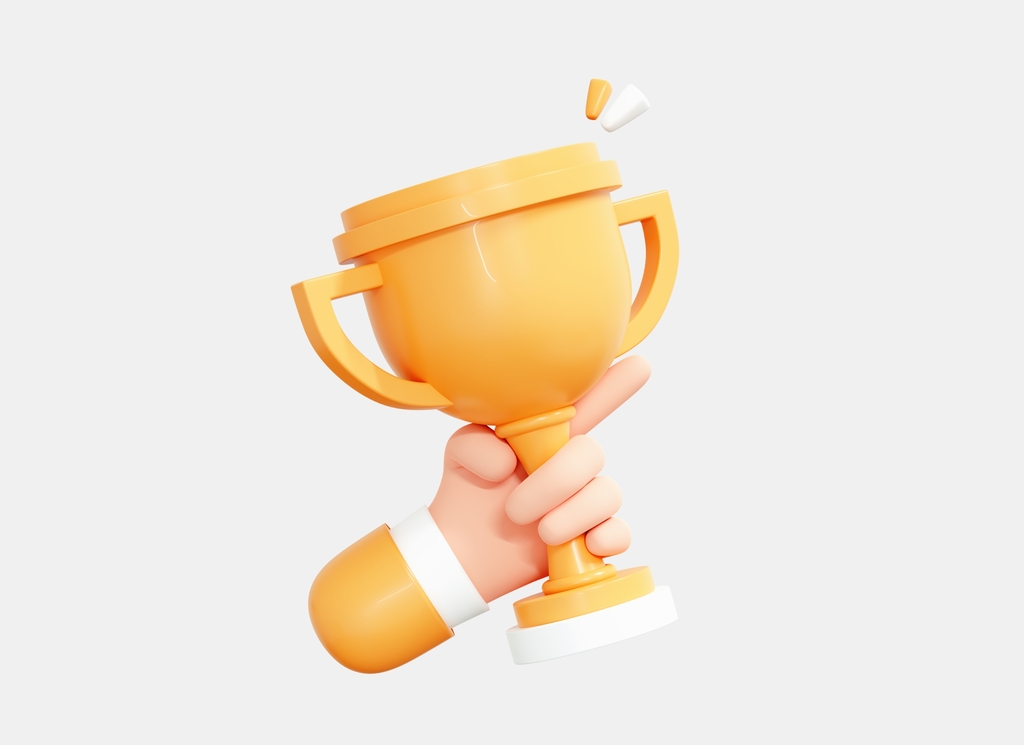How Does HR Software Work?

Managing people is one of the hardest parts of running a business. HR teams spend hours juggling spreadsheets, chasing managers for approvals, and fixing payroll mistakes. Small errors often lead to unhappy employees, compliance risks, and wasted time. As companies grow, these problems only multiply.
The solution is HR software. Instead of relying on manual processes, it brings everything into one digital system. Explore our detailed guide on how HR software works and real examples. Let’s break it down step by step.”
The Core Mechanism of HR Software
At the heart of every HR system is a centralized database. This stores all employee details in one place, from contracts and salaries to time off and performance reviews. Instead of juggling multiple files, HR teams can view, update, and share accurate data instantly.
Another key feature is role-based access. HR managers, team leaders, and employees all see different information depending on their role.
For example, HR can see payroll data, but employees only access their own payslips and holiday balances. This keeps data safe and organised.
Finally, automation workflows power most HR processes and can integrate with employee performance management software to simplify reviews and feedback cycles. When an employee applies for leave, the request goes to their manager automatically. Payroll runs with fewer clicks. Reminders for expiring documents or probation reviews are sent without anyone having to remember. Automation saves time and reduces human error.
Want to know more about the features, benefits, and different types of HR software? Read our full guide on what HR software is.
Manual HR vs HR Software: A Quick Comparison
| Feature | Manual HR (Spreadsheets & Paper) | HR Software (Automated System) |
|---|---|---|
| Employee records | Scattered files, hard to update | Centralised, updated in real time |
| Approvals | Emails, delays, miscommunication | Instant digital workflows |
| Payroll | Prone to errors, time-consuming | Automated, accurate, compliant |
| Compliance & GDPR | Risk of breaches, hard to track | Secure storage, audit logs, permissions |
| Employee experience | Slow, frustrating | Self-service, mobile-friendly |
| Scalability | Breaks as company grows | Designed to grow with your team |
Step-by-Step Examples of HR Software in Action
See real-life scenarios to understand how HR software works:
Onboarding a new employee: Once an offer is accepted, HR software sends the new hire an online form to upload documents and sign contracts. IT and payroll teams get notified automatically. On the first day, the employee already has access to systems and information no paperwork delays.
Leave request and approval: Instead of emailing HR, employees log into the portal or mobile app to request holiday. The system alerts their manager, who approves in one click. The employee’s leave balance updates instantly, and payroll is adjusted if needed.
Payroll cycle example: Every month, HR software calculates salaries using stored data (hours worked, deductions, bonuses). Payslips are created and shared online. Tax and NI contributions are also processed automatically, reducing manual work and compliance risks.
HR systems also helps streamline feedback and review cycles. You can explore our performance review template to structure these discussions effectively.
The Implementation Process
Switching to Human resource software is not just about buying a tool, t’s about setting it up properly.
Setup and data migration: All existing records (employee files, contracts, leave balances) are uploaded into the system. This ensures a clean, centralised start.
- Customisation: Workflows are tailored to match company rules — for example, specific leave policies or approval chains.
- Training and adoption: Employees and managers are trained on how to use the software. Clear policies in an employee handbook can support this transition.
- Ongoing support: Good providers offer regular updates, customer support, and training materials so the system grows with your business.
HR Software, Cloud and Mobile Technology
Modern HR management software runs on the cloud, meaning it can be accessed anywhere. This is critical for remote or hybrid teams.
Because data updates in real time, managers always see the latest information. For example, if an employee books leave from their phone, it shows instantly in HR and payroll dashboards.
Cloud technology also comes with built-in security and backups. Even if devices are lost, the data remains safe and accessible.
Security and Compliance Built In
HR teams handle sensitive information like salaries, medical details, and contracts. HR software is designed with compliance in mind:
- GDPR and data privacy: Systems include consent management, right-to-access tools, and secure storage.
- Encryption and audit logs: Every action is recorded, ensuring transparency and traceability.
- Role-based permissions: Only the right people can see the right data, reducing risks of breaches.
This makes the HR system not just efficient, but also legally reliable.
Why Choosing the Right System Matters
Not all HR systems are the same. Some are designed for small businesses, others for large enterprises. Choosing the wrong one can lead to wasted money, poor adoption, or compliance issues.
With a solution like Zelt, businesses get an all-in-one platform. Zelt is a UK-based HR software that combines payroll, HR, and IT in one place. This means fewer integrations, faster setup, and a smoother employee experience.
See how Zelt brings payroll, HR, and people management together in one connected platform.
Conclusion
HR software is not just a tool. It is a smart way to manage people. It keeps all employee information in one place, which helps avoid mistakes. It also saves time for HR teams by doing daily tasks automatically and making sure rules are followed.
The real benefit is what it gives to the business: faster work, accurate payroll, safer data, and an easier experience for employees. Picking the right system is very important. An all-in-one tool like Zelt HR management software helps you save time and lets your team focus on growing the business by managing HR, payroll, and IT in one place.
Still looking for the right fit? Check our guide on the best HR software in the UK to compare features and options for your business.



